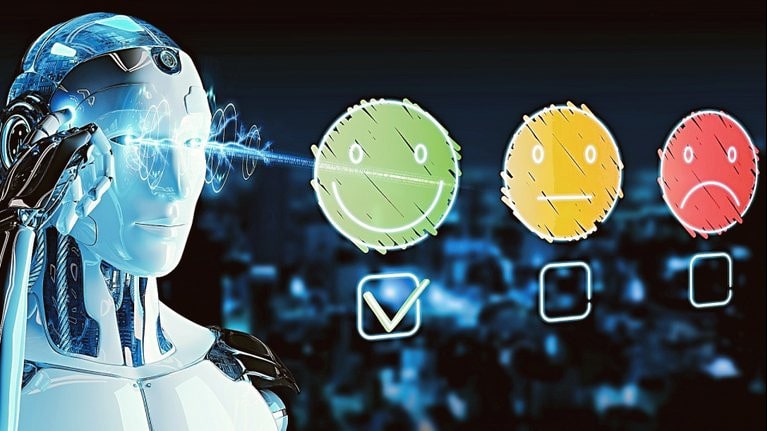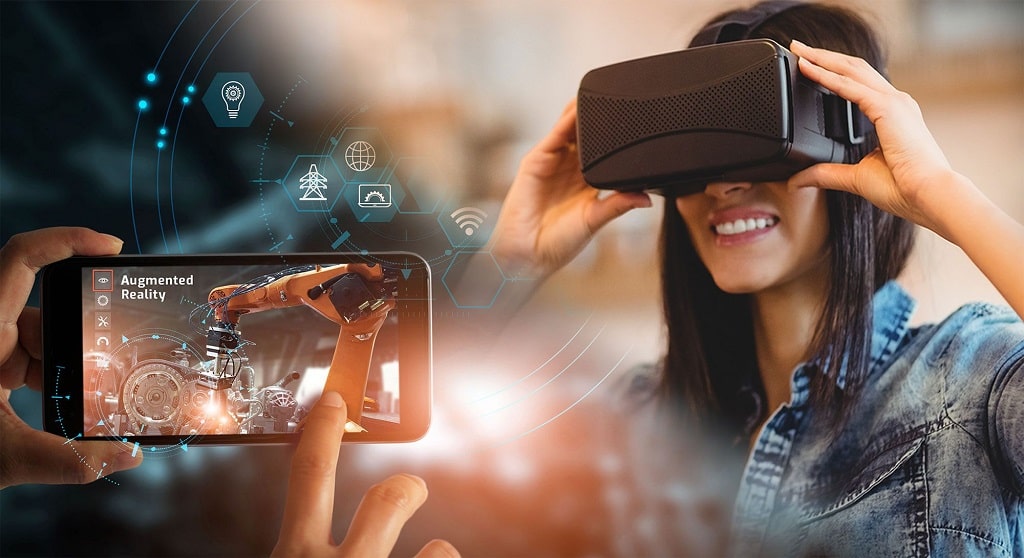If you’re looking for a ticket out of this universe, at least temporarily, VR can deliver that on your phone. Or, even give you ways to reach out and communicate with the world.
Samsung (with Facebook) and Google offer you two options: the Samsung Gear VR, and the new Google Daydream View. They work with recent Samsung Galaxy phones and the Google Pixel or Pixel XL, respectively.
Google Daydream vs. Samsung Gear VR: Which VR Should You Choose?
These headsets are the next best thing to wiring yourself into a PC or PS4-connected VR system. Phone-based VR may not allow any walking around — the apps are designed to be used while sitting down and turning your head — but having a portable, wireless and less expensive way to try VR is a better choice in a lot of ways. It’s akin to buying an extra-legroom economy ticket to brave new worlds, rather than splurging on business class.
Samsung’s Gear VR is the place to go for its massive app collection, but with Daydream you’re getting a more knitted-in connection to Google apps like YouTube, plus an excellent wireless controller. Just be ready for a truly sparse app library in Daydream.
I’ve been using both, and here are the big differences you need to know.

Google Daydream vs. Samsung Gear VR: Know the differences
Daydream View
It requires a Google Pixel phone (will support other phones later on).
To use Google’s new headset, you need the Pixel or Pixel XL. Otherwise, no dice. But down the road, the Daydream View headset is going to work with other Android phones. Not all of them, but some. The Huawei Mate 9 is one of them.
It’s smaller than Gear Virtual Reality and feels like yoga pants.
The comfy-cozy outer part is soft and somewhat reassuring, like a security blanket. And the headset is smaller, so it’s easier to carry around. Just don’t throw it in a bag with velcro strips unless you like the pulled-thread look.
Putting a phone in is easy.
Once a compatible phone is dropped into the Daydream View headset, it automatically connects. No plugs, no aligning parts.
A magic wand is included.
The best part of Daydream is a little remote control that’s packed in. It works with motion control, like a little Wii remote. You could wave it like a wand, use it as a fishing pole, or turn it into a pointer. It even pops into the Daydream headset when not in use. But, it needs to be charged separately.

It connects to YouTube, other Google apps and Google Play.
YouTube launches right into Daydream and is one of the best apps at launch, with tons of 360-degree content and a cinema mode for other videos. Google’s support for movies, photos and maps also give it an essential Android-connected feel.
There aren’t many apps yet.
Daydream only has a few dozen apps. Samsung’s Gear VR has several hundred. Some, like the promotional app for the upcoming movie “Fantastic Beasts & Where to Find Them,” are fun and free. More apps and partnerships should be coming, but with Daydream, you’ll be an early adopter.
It didn’t fit me correctly.
The headset’s design didn’t fully block out light for me, and some of the apps looked distorted when I looked around. That didn’t happen with Samsung Gear VR. But, the lenses didn’t fog up like they sometimes do with Samsung’s tighter-fitting headset.

Samsung Gear VR
It needs a Samsung phone.
Gear VR connects with Samsung Galaxy S6 phones and later, and the Note 5 onwards. Other Android phones can’t be used. Still, at the moment, Gear VR has more compatible phones than Google Daydream View. That should shift next year.
You need to plug it in via Micro-USB (or USB-C).
Popping a phone into Gear VR isn’t bad, but it’s a bit finicky. Aligning the cap and inserting the phone isn’t as seamless as Daydream. The latest Gear VR also supports USB-C for…well, yeah, the Note 7 doesn’t exist anymore. But next year’s Galaxy phone will have USB-C for sure.
It’s bigger and bulkier.
Compared to Daydream, Gear VR is significantly larger. But, neither headset is pocket-friendly.
A trackpad on the side of the headset controls apps.
Instead of Daydream’s great wireless controller that’s included, Gear VR relies on a side-mounted touchpad that’s hard to find and use. Alternatively, some games can use a wireless game controller (not included, but most Bluetooth Android-compatible gamepads work).
There are hundreds of great apps to choose from.
Oculus and Samsung have built an impressive library of apps and games, including Netflix, Minecraft, and even a growing collection of social apps. This is the place to be for apps until Daydream catches up.
The Oculus mobile experience is separate from Android.
Unlike Daydream, the Oculus Store app is a different environment with its app library. Down the road, that could be a problem when Google knits more Daydream-connected VR features into Android. But, it does have some hooks into Samsung’s collection of Galaxy phone apps.

So, which do you choose?
Sadly, neither Daydream nor Gear VR is cross-compatible. And if you like Google Cardboard-compatible VR apps you might find on your iPhone or Android phone, you won’t be able to play them on either, although Daydream will play better with Cardboard apps down the road.
(Of course, you don’t need either: Get a cheap folding headset like Google Cardboard, and you can try plenty of 360-degree videos and VR apps for iPhone and Android. But you should know that Gear VR and Daydream are both better options.)
Daydream might have longer legs, but right now Gear VR is the better experience. Dream could use Gear VR’s app library. Gear VR could use Daydream’s controller. Hopefully, both platforms will learn from each other and work together because choosing a between virtual worlds isn’t easy.






![[Top 9] Chat Forums on Deep Web | Deep Web Chat Rooms | Enter At Your own Risk Top 9 Chat Forums on Deep Web, The Lolita City, onion deep web, dark web lolita, lolita city,](https://www.gadgetgyani.com/wp-content/uploads/2018/03/deep-web-CHAT-FORUMS.jpg)













